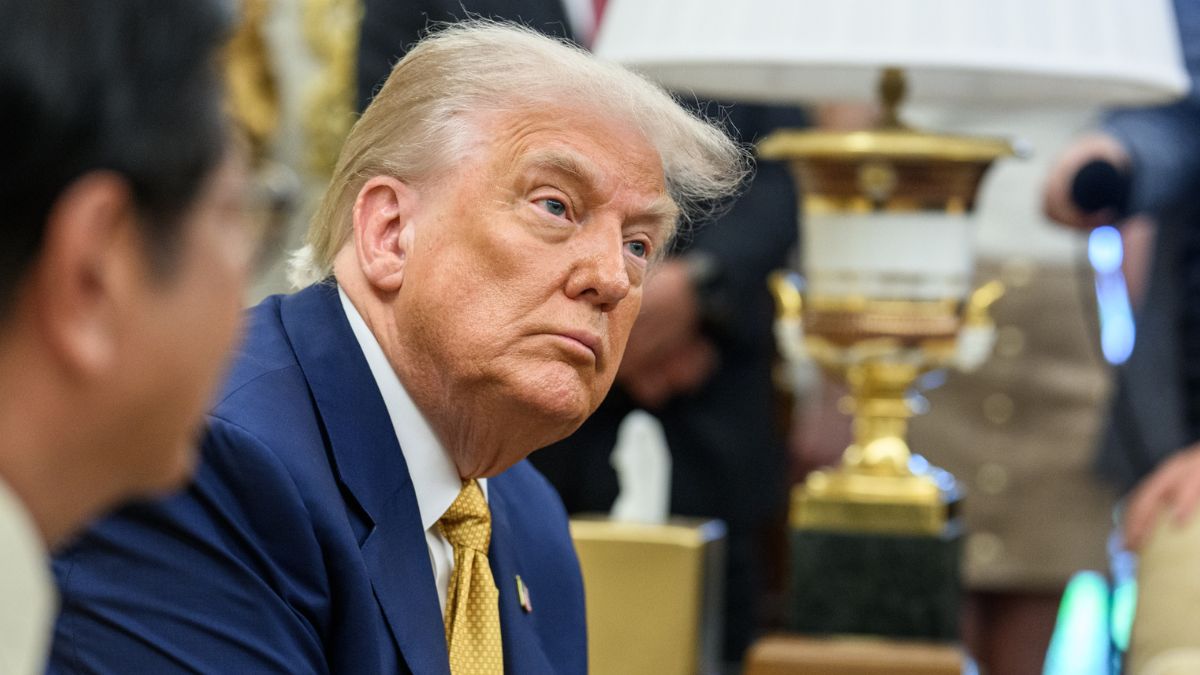
The United States government, led by President Donald Trump, surprised the global copper market by announcing new 50% tariffs on a range of copper-derived products. The measure, outlined in an executive order signed by Trump from the White House this Wednesday, will take effect on August 1, 2025.
ALSO READ. The Mexican government has already done everything it could; it awaits a US decision on tariffs
The executive order signed by Donald Trump argues that the increase in copper imports “is threatening national security.” “Copper is being imported into the United States in such quantities and under such circumstances as to threaten to impair the national security of the United States,” the president stated.
In this context, Trump invoked the Defense Production Act and delegated to Commerce Secretary Howard Lutnick several actions:
- Establish an inclusion process for additional copper-derived products to be added to the tariffs.
- Impose domestic sale requirements, such as requiring 25% of high-quality copper scrap and input materials (such as cathodes and anodes) to be sold within the United States, starting in 2027 and increasing to 40% by 2029.
- Recommend export licenses for copper scrap in order to ensure adequate domestic supply.
What copper products are subject to the new tariffs?
According to the White House, the universal 50% tariffs will specifically apply to semi-finished copper products, including:
- Pipes
- Wires
- Rods
- Sheets
- Tubes
Additionally, the tariffs will apply to copper-intensive manufactured products, such as:
- Pipe fittings
- Cables
- Connectors
- Electrical components
“The Proclamation imposes universal tariffs of 50% on imports of semi-finished copper products (…) and copper-derived products with intensive copper use,” states the official communication.
Which copper inputs are excluded from the tariff?
Contrary to market expectations, certain key copper inputs were excluded from the tariffs, such as:
- Copper scrap
- Ores and concentrates
- Mattes
- Cathodes
- Anodes
The exclusion of these inputs—vital for mining and smelting operations—had a major impact on markets, as a broader tax had been anticipated. “The newly announced copper tariffs are far from universal tariffs that markets were concerned about,” explained Gracelin Baskaran, director of the Critical Minerals Security Program at the Center for Strategic and International Studies, in an interview with Reuters.
How did markets react to Trump’s measure?
The response was swift: U.S. Comex copper futures plunged 19.5%, marking the largest intraday drop on record. This drop was due to a correction in expectations, as Comex contracts had been trading at up to a 28% premium over London Metal Exchange (LME) prices in anticipation of a universal tariff.
Related companies were also impacted. Freeport-McMoRan, one of the largest copper producers in the U.S., saw its stock fall by more than 8%.
Which countries win or lose under the new copper tariffs?
Although the tariffs aim to strengthen domestic production, the exclusion of minerals and cathodes benefits producer countries such as Chile and Peru, whose exports will not be significantly affected. This has led to speculation about the re-export of copper already stored in the United States, which could disrupt global trade flows of the metal.
Meanwhile, Brazil also escaped certain tariffs, including those related to orange juice, aircraft, and wood pulp. The decision comes amid diplomatic tensions between Washington and Brasília, due to the trial of former president Jair Bolsonaro.
👉 Follow us on Google News.









